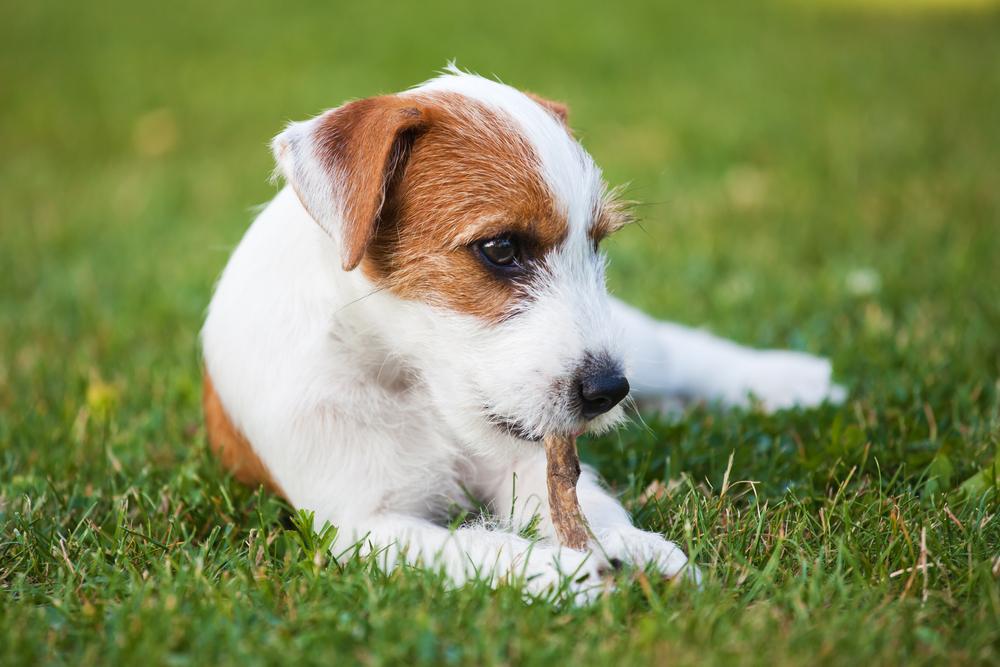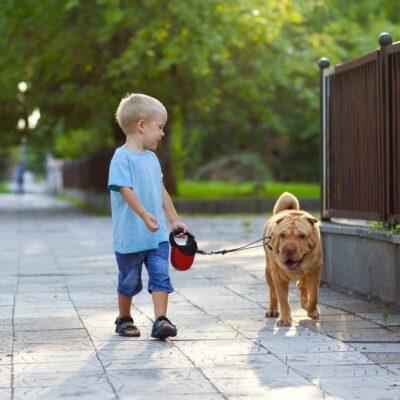
How to spot, treat and prevent leptospirosis in dogs
This serious malady by the name of leptospirosis is a bacterial infection and it can affect both humans and animals. Leptospirosis in dogs is an acquired infection when a subspecies of the bacteria Spirochetes penetrates the skin and enters the bloodstream. The bacteria spread through the entire body, leading to fever and blood infection. The initial infection sometimes resolves on its own depending on the strength of the dog’s immune system. Even then the bacteria can remain in the kidneys, reproducing there and infecting the urine. The infection can be fatal because it can damage the vital organs if it progresses and remains untreated. Moreover, humans, especially children, are at risk of acquiring bacteria from an infected pet.
Not all dogs that are exposed to leptospirosis become visibly ill. To spot the onsets of leptospirosis in dogs, look out for one or more of the following symptoms:
- Sudden fever and illness
- Reluctant to move because of sore muscles
- Stiff gait because of stiff muscles
- Shivering and weakness
- General lack of appetite
- Increased thirst and urination for no apparent reason
- Cough and runny nose
- Difficulty in breathing
Treatment of leptospirosis in dogs
Because leptospirosis in dogs is an easily transmitted infection, they have to be hospitalized for treating this infection. Replenishing the body fluids is the primary treatment, and anti-vomit drugs are administered. A gastric tube may also be inserted, if the dog is unable to eat. Blood transfusion may be necessary in case of extreme cases. Prognosis is generally positive, except in cases of organ damage.
Veterinarians are extremely cautious in handling such pets. Protective gloves must be worn at all times as any discharge from the body is usually hazardous. A thorough history of the dog’s health has to be given to the vet so that he can ascertain the level of infection in the dog and find out the organs, which are most affected. Veterinarians ask for a complete chemical blood profile, blood count, urinalysis, urine and blood culture, and a titer test to measure immune system to ascertain the stage of infection.
Prevention of leptospirosis in dogs
To prevent leptospirosis in dogs, limit the access of the dog to contaminated water, although most urban Americans follow sanitation processes and keep the areas free from rodents and small wildlife. Feeding urban pests like raccoons and felines can also increase the risk of catching the bacteria. You can get your pet vaccinated, but immunity is very short lived. Moreover, vaccinations are recommended by AAHA only if they consider that the pet is living in areas that have a good chance of exposure to leptospirosis.
The infection rate, especially in the fall season, has been rising in the US and Canada. Dogs come into contact with leptospira bacteria in infected water, soil, or mud while swimming or passing through the infected water, or drinking contaminated water, or coming into contact with urine from an infected animal. The best way is prevention, but still, if you spot some or all of the symptoms, immediately rush your dog to a veterinarian.
Interested in more articles about Pet Medicine ? Explore them here. Keep yourself updated with fresh content by liking us on Facebook or subscribing to our Newsletter.
Do pictures of adorable dogs and cats make your day as much as it does ours? Follow us on Instagram .


